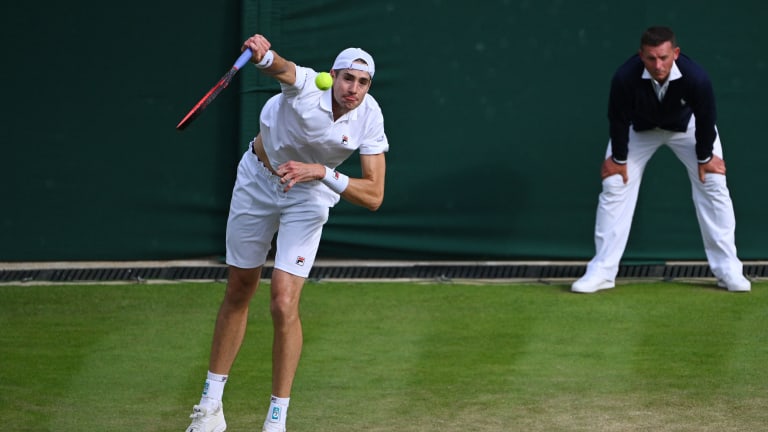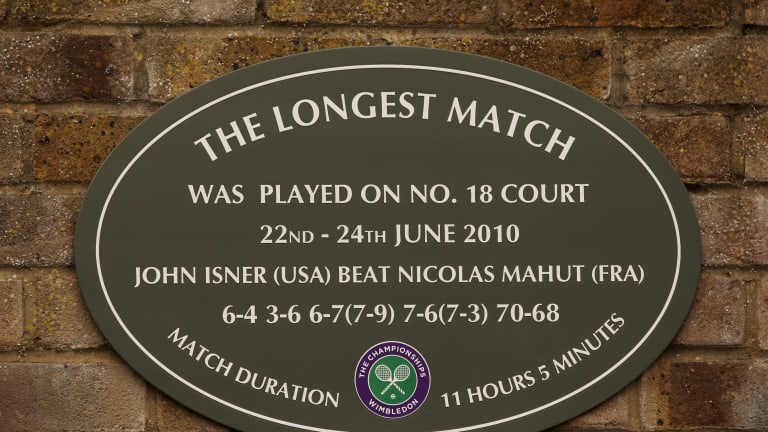ATP Newport, USA
Does John Isner belong in the International Tennis Hall of Fame?
By Jul 13, 2022ATP Newport, USA
"Don't know where I pulled that out of": Marcos Giron wins first ATP title in tense Newport finish
By Jul 22, 2024ATP Newport, USA
American teenager Alex Michelsen ends Reilly Opelka's Newport comeback in semifinals
By Jul 20, 2024ATP Newport, USA
Returning Reilly Opelka makes recent ATP history win run to Newport semifinals
By Jul 19, 2024ATP Newport, USA
Adrian Mannarino wins Newport, ending great week for American teen Alex Michelsen
By Jul 23, 2023ATP Newport, USA
Locked in: Alex Michelsen, 18, reaches Newport title match in second ATP main draw
By Jul 22, 2023ATP Newport, USA
The 20-Year Age Gap: John Isner to battle red-hot teen Alex Michelsen in Newport semifinals
By Jul 21, 2023ATP Newport, USA
Kevin Anderson to step out of retirement in Newport, 14 months after hanging up racquet
By Jul 08, 2023ATP Newport, USA
Maxime Cressy edges Alexander Bublik on grass for first ATP title in Newport
By Jul 17, 2022ATP Newport, USA
Andy Murray launches US Open seeding chase at Newport; to meet Alexander Bublik next
By Jul 13, 2022Does John Isner belong in the International Tennis Hall of Fame?
He's the all-time leader in aces, and he prevailed in the sport's longest match ever—but his qualifications go beyond that of a typical player.
Published Jul 13, 2022
Advertising
Advertising
Advertising

Isner's serve is unquestionably one of the most effective shots in tennis history.
© AFP via Getty Images
Advertising

The match took 183 games, and its fifth set took 138.
© 2011 Getty Images